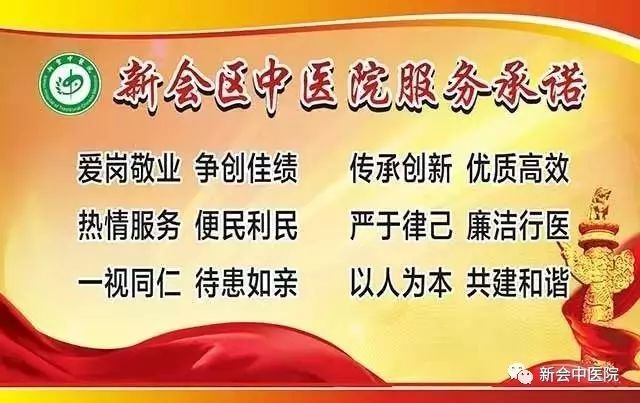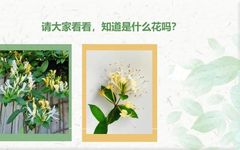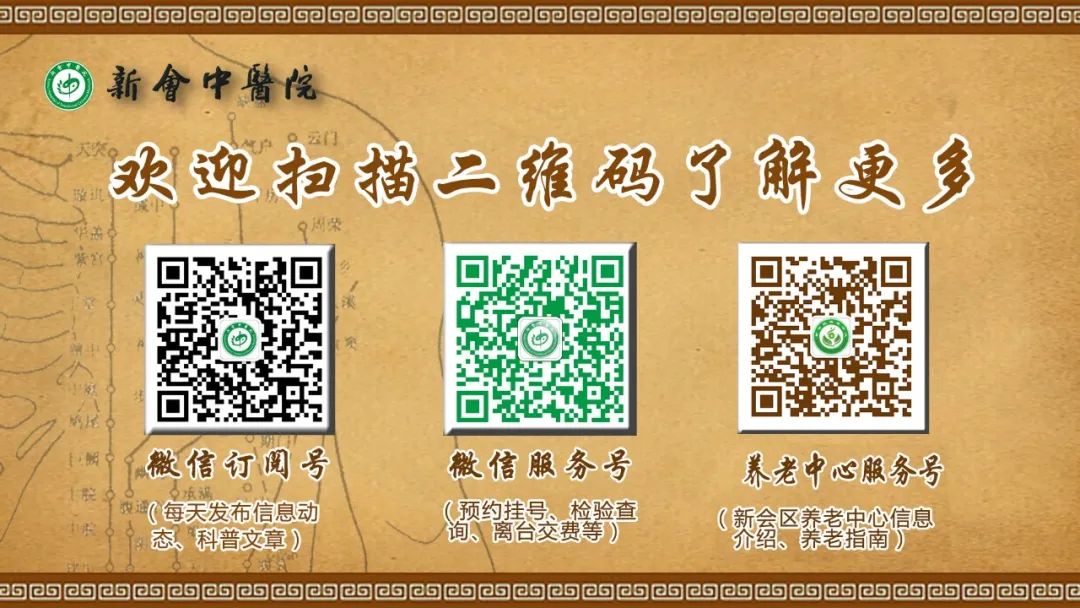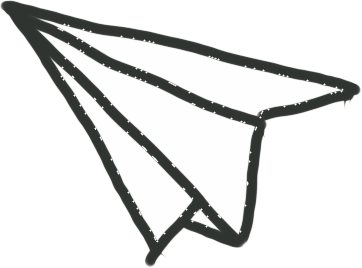
Click the blue text above to follow us!
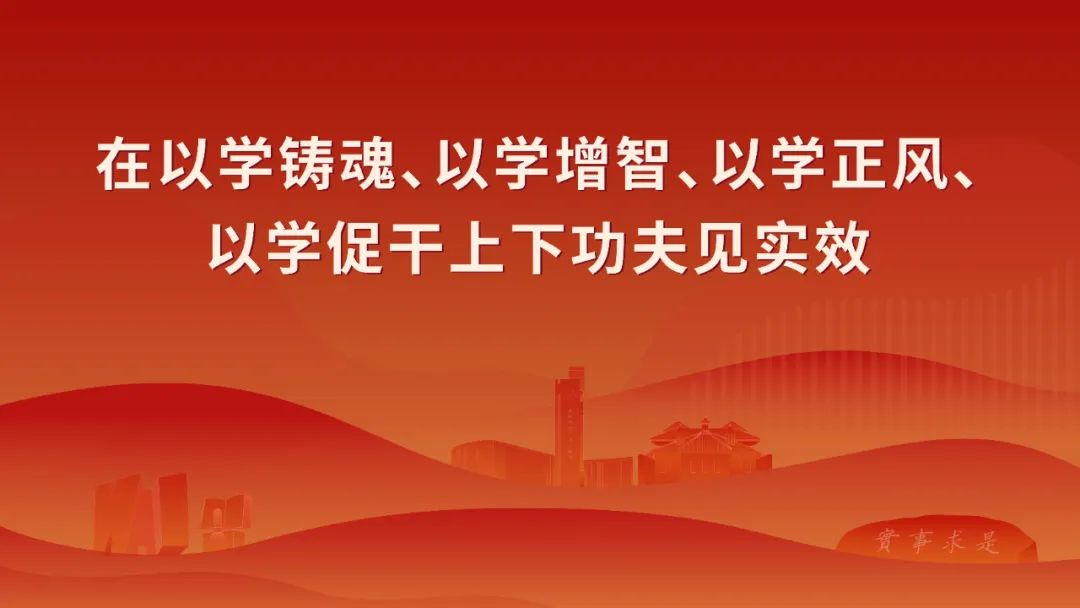



Do you know what this beautiful flower is called?
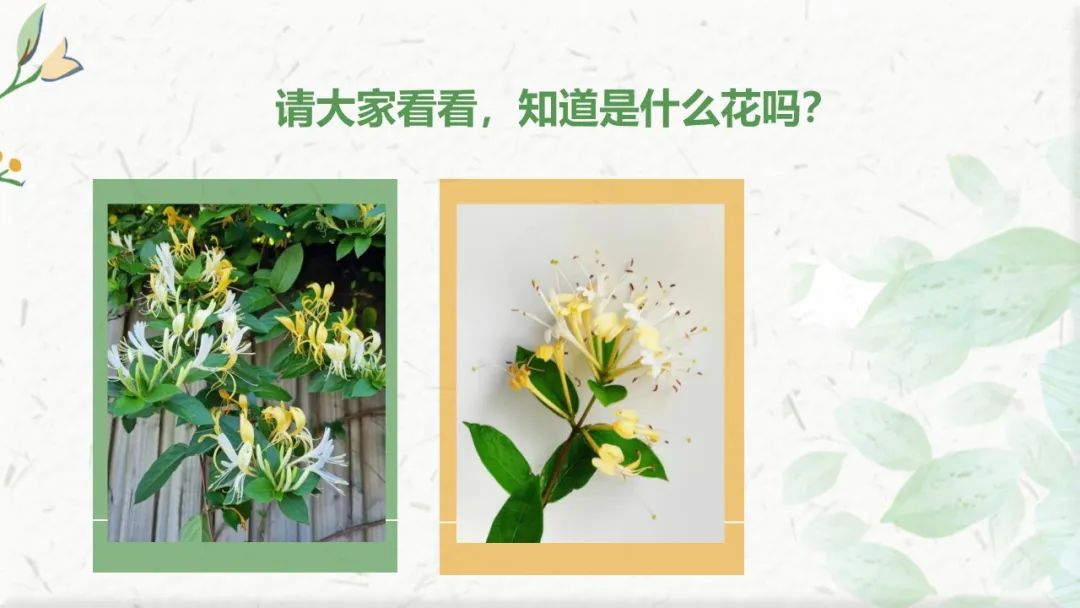


This is Honeysuckle (Jin Yin Hua), a commonly used medicinal herb in our daily lives.
The Origin of the Name “Honeysuckle”



There is a little story behind the name “Honeysuckle”.
It is said that during Zhuge Liang’s (诸葛亮) campaign against Meng Huo, many of his soldiers suffered from the local climate and were afflicted by miasma. Upon passing through a small mountain village, Zhuge Liang noticed the villagers were pale and thin, and he felt compassion, distributing military rations to help them. The villagers were very grateful, and an elderly local man, upon learning that many soldiers were suffering from “heat toxin disease”, called upon his twin granddaughters, named Jin Hua (金花) and Yin Hua (银花). The old man sent them to gather some “immortal herbs” to relieve the heat for the Shu army. However, after three days, the sisters had not returned. People searched everywhere and eventually found a basket full of herbs near a cliff, along with wolf tracks and torn clothing. The Shu soldiers recovered after consuming the herbs, but Jin Hua and Yin Hua sacrificed their lives. In their memory, people named this herb’s flower “Honeysuckle”.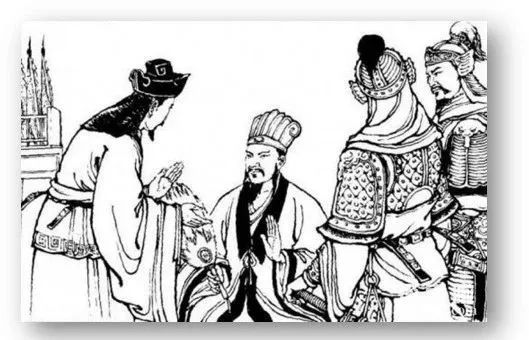
Zhuge Liang’s Campaign Against Meng Huo (Historical Image)
Introduction to the Herb
 Honeysuckle flowers are white when they first bloom, gradually turning golden and silver, hence the names “Honeysuckle”, “Double Flower”, and “Twin Flower”. Because its leaves are evergreen, it is also referred to as “Rin Dong Hua” (忍冬花). Although Honeysuckle is not considered a precious herb, it has high medicinal value, with the flower buds being the most effective part. It is distributed throughout various regions of China, with the Honeysuckle found in Guangdong referred to as South China Rin Dong. The medicinal part is the flower buds, which are rod-shaped and curved, measuring 20-30 mm in length, thick at the top and thin at the bottom, yellow-white or green-white, and darkening in color with prolonged storage.
Honeysuckle flowers are white when they first bloom, gradually turning golden and silver, hence the names “Honeysuckle”, “Double Flower”, and “Twin Flower”. Because its leaves are evergreen, it is also referred to as “Rin Dong Hua” (忍冬花). Although Honeysuckle is not considered a precious herb, it has high medicinal value, with the flower buds being the most effective part. It is distributed throughout various regions of China, with the Honeysuckle found in Guangdong referred to as South China Rin Dong. The medicinal part is the flower buds, which are rod-shaped and curved, measuring 20-30 mm in length, thick at the top and thin at the bottom, yellow-white or green-white, and darkening in color with prolonged storage.
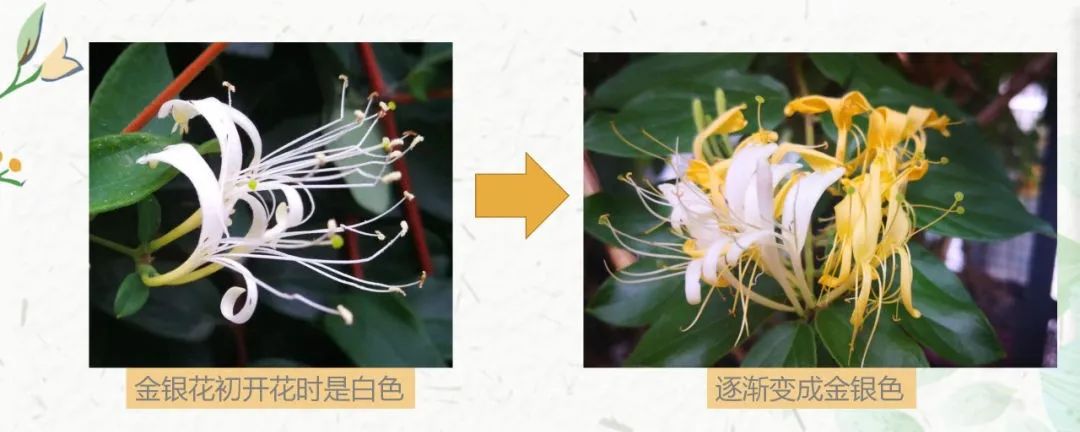
Selection of Honeysuckle

Fresh Honeysuckle is generally harvested in May and June, when the flower buds are swollen, turning from green to white, and have not yet opened. Good quality Honeysuckle is usually plump and consists of unopened flower buds, indicating sufficient nutrients. If the flowers have opened, the effective components may be reduced. Additionally, good quality dried Honeysuckle has a fresh fragrance, and fresh Honeysuckle has an even more pronounced aroma.

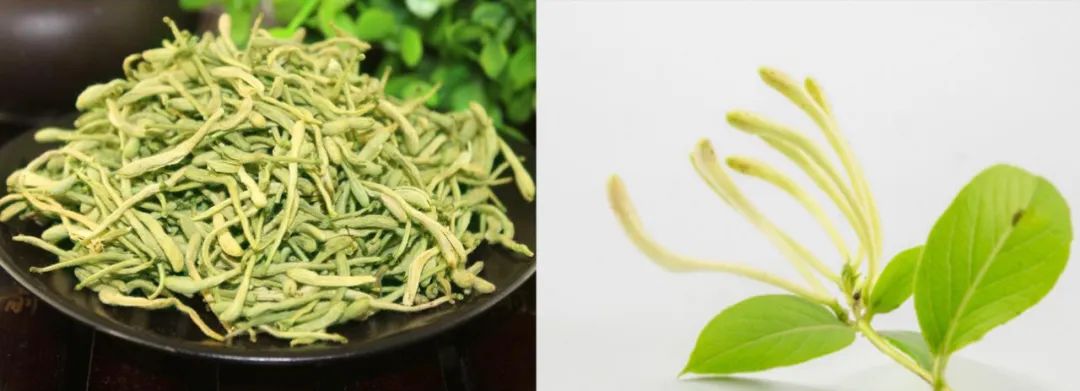
Applications of Honeysuckle
 Honeysuckle is sweet and cold in nature, with effects of clearing heat and detoxifying, dispersing wind-heat, and reducing swelling. It can treat various infectious diseases such as exterior wind-heat or warm disease fever, heat stroke, heat toxin dysentery, carbuncles, and throat obstruction. Therefore, Honeysuckle is also known as a “natural antibiotic”. By combining it with different herbs, various pure TCM preparations can be made. For example, the self-made preparation Fang Fang Qian Lian Oral Liquid from the Zhonghui District Traditional Chinese Medicine Hospital can be used for fever, cough, and sore throat caused by exterior wind-heat; Jin Dan Huai Hua Granules can be used for gastrointestinal damp-heat, urgency after defecation, hemorrhoid swelling and pain, and anal fistula inflammation.
Honeysuckle is sweet and cold in nature, with effects of clearing heat and detoxifying, dispersing wind-heat, and reducing swelling. It can treat various infectious diseases such as exterior wind-heat or warm disease fever, heat stroke, heat toxin dysentery, carbuncles, and throat obstruction. Therefore, Honeysuckle is also known as a “natural antibiotic”. By combining it with different herbs, various pure TCM preparations can be made. For example, the self-made preparation Fang Fang Qian Lian Oral Liquid from the Zhonghui District Traditional Chinese Medicine Hospital can be used for fever, cough, and sore throat caused by exterior wind-heat; Jin Dan Huai Hua Granules can be used for gastrointestinal damp-heat, urgency after defecation, hemorrhoid swelling and pain, and anal fistula inflammation.
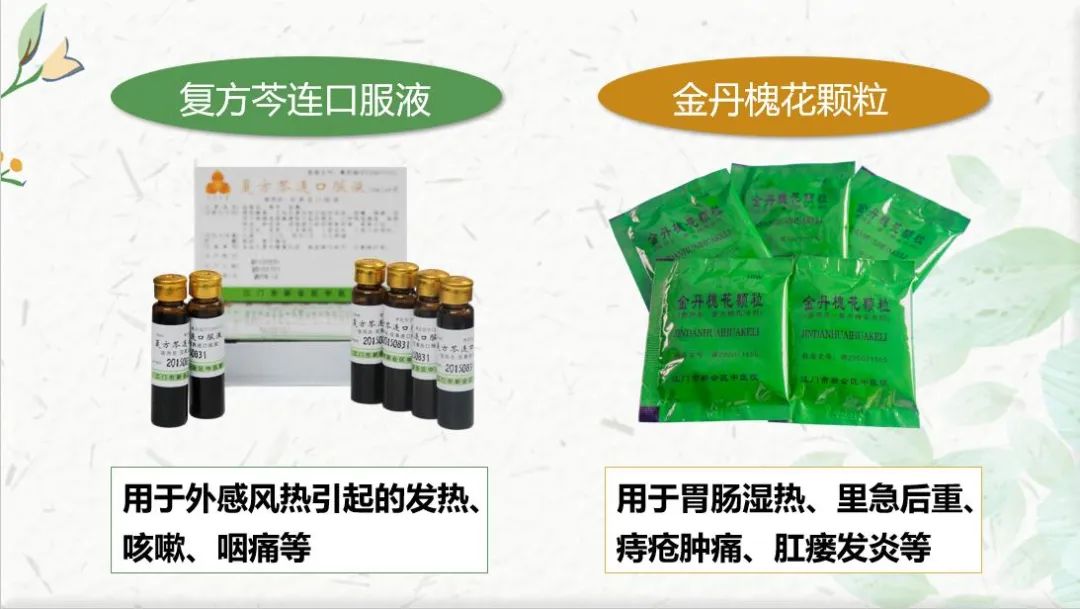
Honeysuckle can be taken internally or used externally, and it is widely used in daily life. Honeysuckle dew made from Honeysuckle has the effects of clearing heat, relieving summer heat, and detoxifying, especially effective for various skin conditions such as redness, swelling, and boils caused by hot weather. Food and Medicine from the Same Source In addition, Honeysuckle is also a commonly used herb in food and medicine, and dishes made with it are best suited for summer consumption. For dry throat and sore throat, you can make a cup of mint tea by combining Honeysuckle with mint and licorice, or a cup of three-flower tea by combining it with chrysanthemum and jasmine, to feel cool in summer; for headaches and red eyes in hot weather, cooking porridge with Honeysuckle, lotus seeds, and japonica rice is an excellent way to clear heat and relieve summer heat. In hot summer weather, you might want to try this refreshing dish.
In addition, Honeysuckle is also a commonly used herb in food and medicine, and dishes made with it are best suited for summer consumption. For dry throat and sore throat, you can make a cup of mint tea by combining Honeysuckle with mint and licorice, or a cup of three-flower tea by combining it with chrysanthemum and jasmine, to feel cool in summer; for headaches and red eyes in hot weather, cooking porridge with Honeysuckle, lotus seeds, and japonica rice is an excellent way to clear heat and relieve summer heat. In hot summer weather, you might want to try this refreshing dish.

Warm Reminder
Honeysuckle is a cold-natured product and should not be used in large quantities for a long time. Especially for those with a weak constitution or chronic illnesses, it may cause symptoms of spleen and stomach dysfunction. It is recommended to take it under the guidance of a physician.
Contributed by: Chen Dongyi
First Review: Zhang Ming, Lin Zhenrong
Second Review: He Jinming
Responsible Review: Wang Mingyi
Xinhui Traditional Chinese Medicine HospitalWeChat Public Subscription Account
